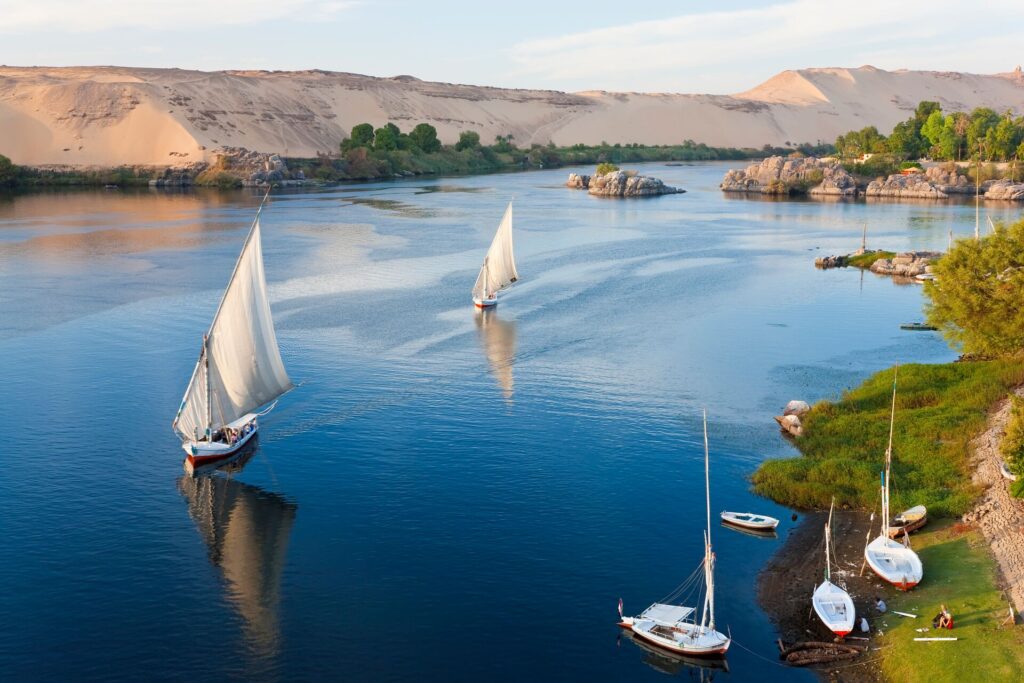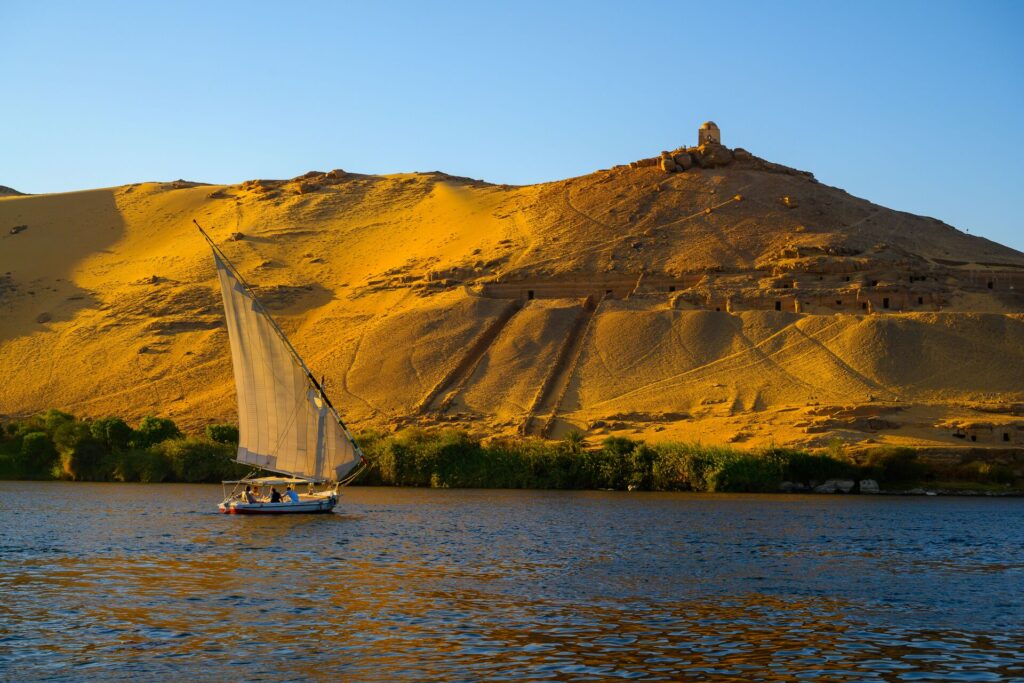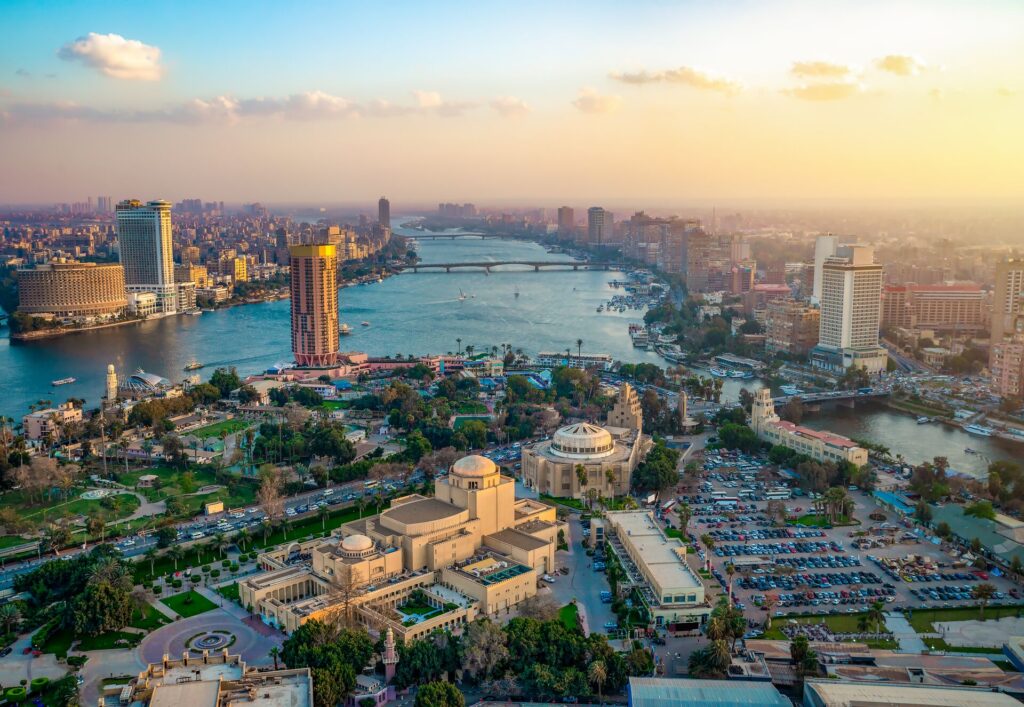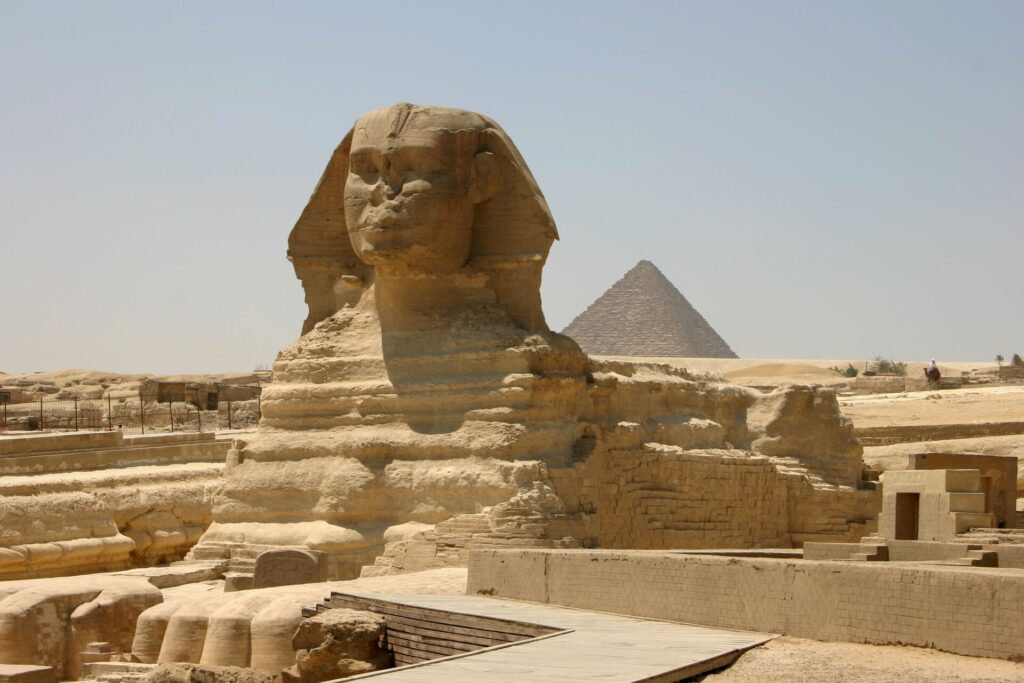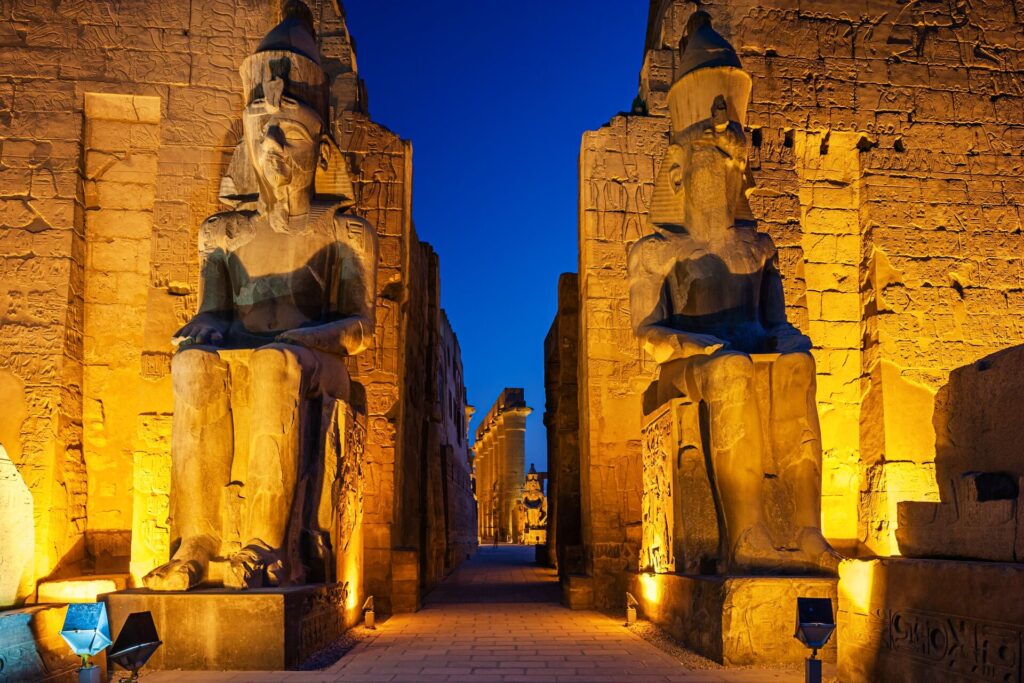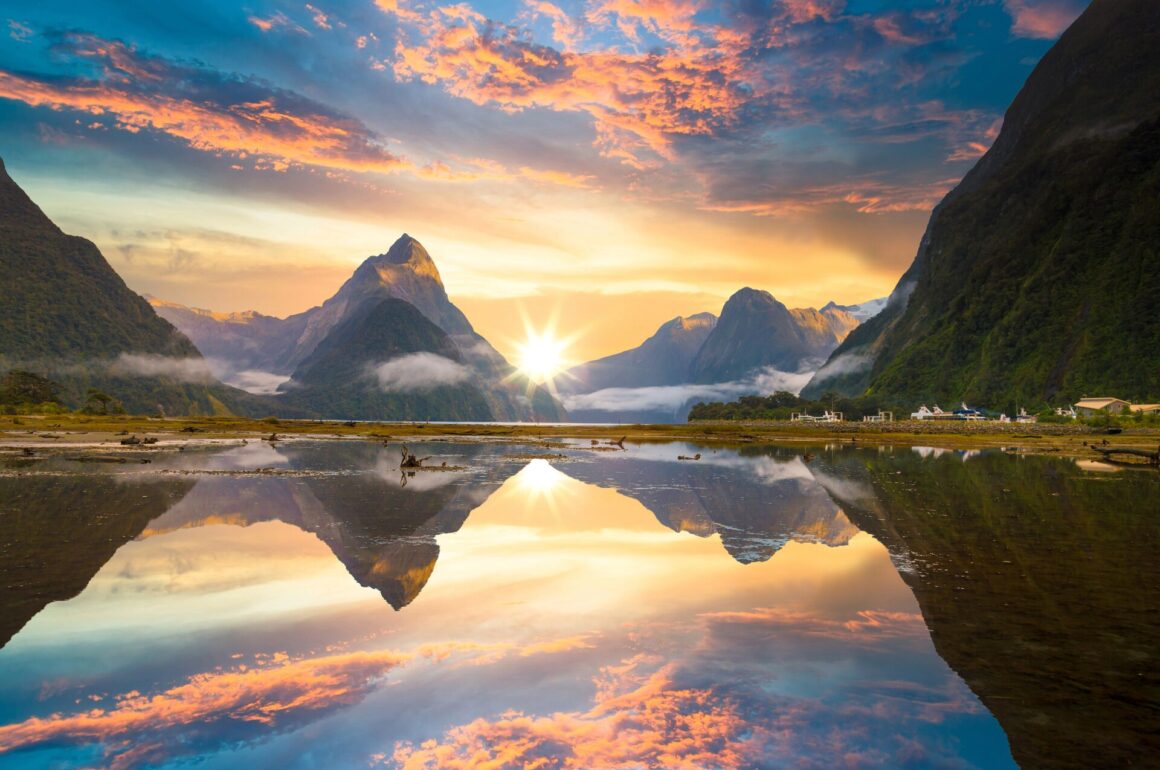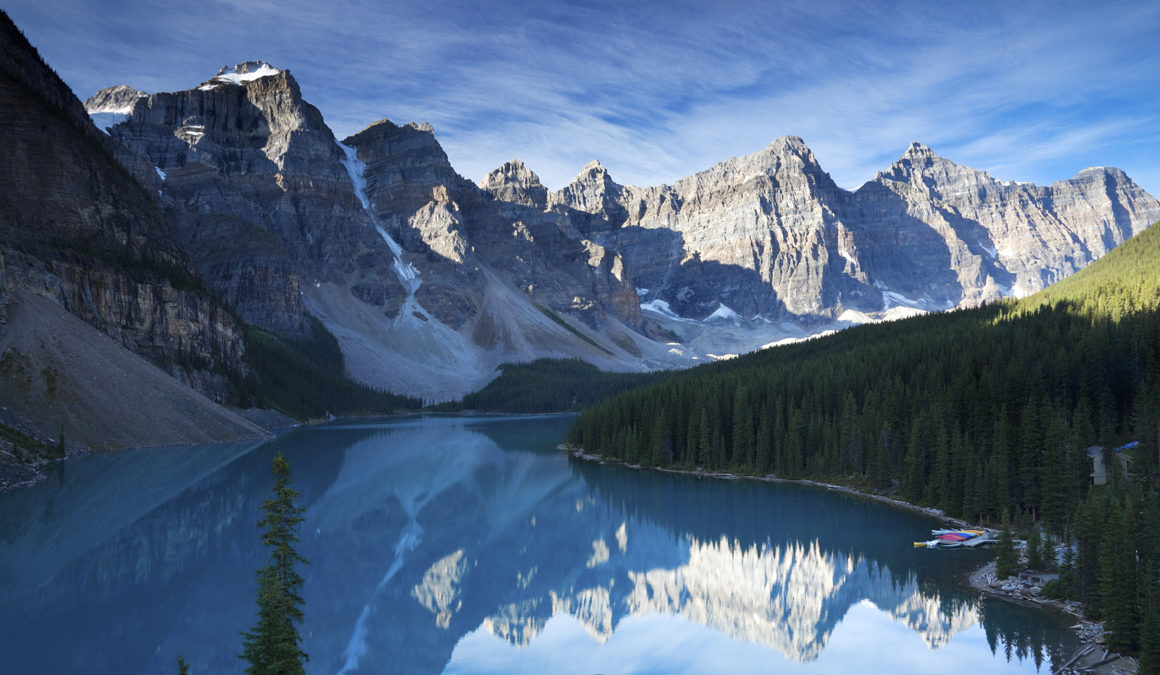Kept alive by captivating museum exhibitions, movies, artworks and documentaries, the ancient and unique appeal of Egypt as a travel destination has never waned. From the pyramids to the Nile, the bustle of Cairo with its new Egyptian Museum – millions in the making – to the mellow coastline of the Red Sea resorts, tourist season in Egypt means ample sunshine, storytelling and a rich, ancient history to capture imaginations of all ages. But when should you plan to go?
The best time to take a luxury holiday to Egypt will vary depending on whether you’re visiting inland, riverside sights or the coast, and how active you want your trip to be. This North African nation has hot, dry summers in its desert landscapes and mild winters by the sea, with steady temperatures around the fertile Nile Delta. Whatever your wish list for digging into this culture-packed country, here are the best times to visit Egypt.
What is the best month for weather in Egypt?
Egypt is typically thought of as a winter sun destination – that is, it has the most comfortable temperatures for exploring and sightseeing over winter. Broadly, that means the best time to visit Egypt is in the months from October to April, with many choosing to fly to the Red Sea Coast (reached by airports in Sharm-el-Sheikh and Hurghada) in the deepest months of winter, November to January. This tourist season sees average daily temperatures of around 70-82 Fahrenheit maximum, pleasant for beachgoing and sightseeing, while in the summer months average heat can rise to as high as 88-90 F – far too hot for moving about comfortably in the daytime.
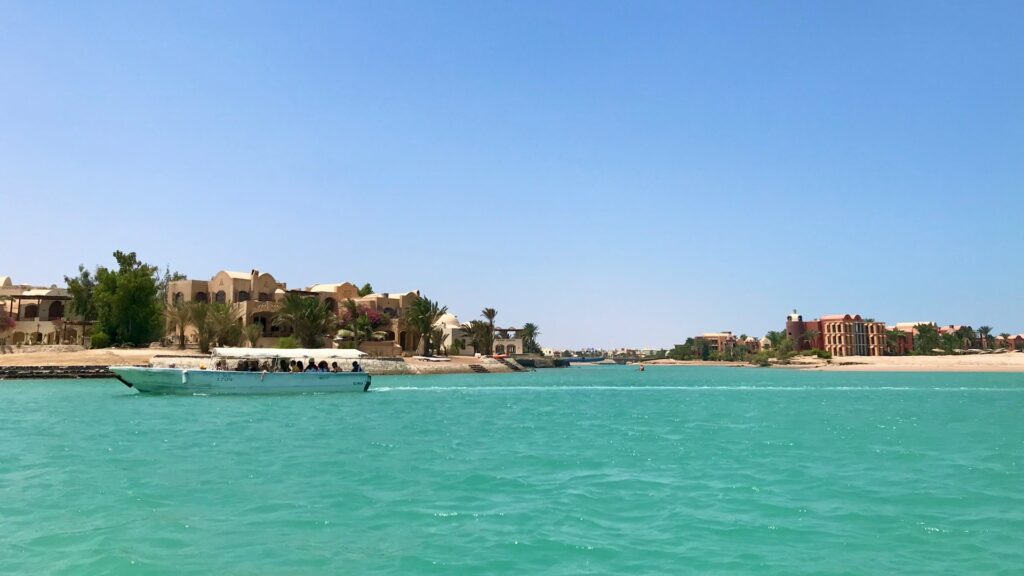
Egypt’s Red Sea coast has beach resorts and coral reefs
What is the hottest month in Egypt?
July and August are the joint hottest months in Egypt, with high temperatures of 99 Fahrenheit and lows of just 79-81 F. This time of year, outside the usual tourist season, is not the best time to visit Egypt, whether you’re exploring inland or staying by the coast. Most locals and tour guides would urge you to avoid the hottest summer months. Instead, wait for cooler October or November, or go earlier than summer in March or April, to enjoy active days out such as visiting the pyramids at Giza, taking a cruise along the Nile River or seeing the majestic temples at Karnak or Luxor.
We also think you’ll like: Riches of the Nile: Why Egypt’s icon is the grandest river in the world
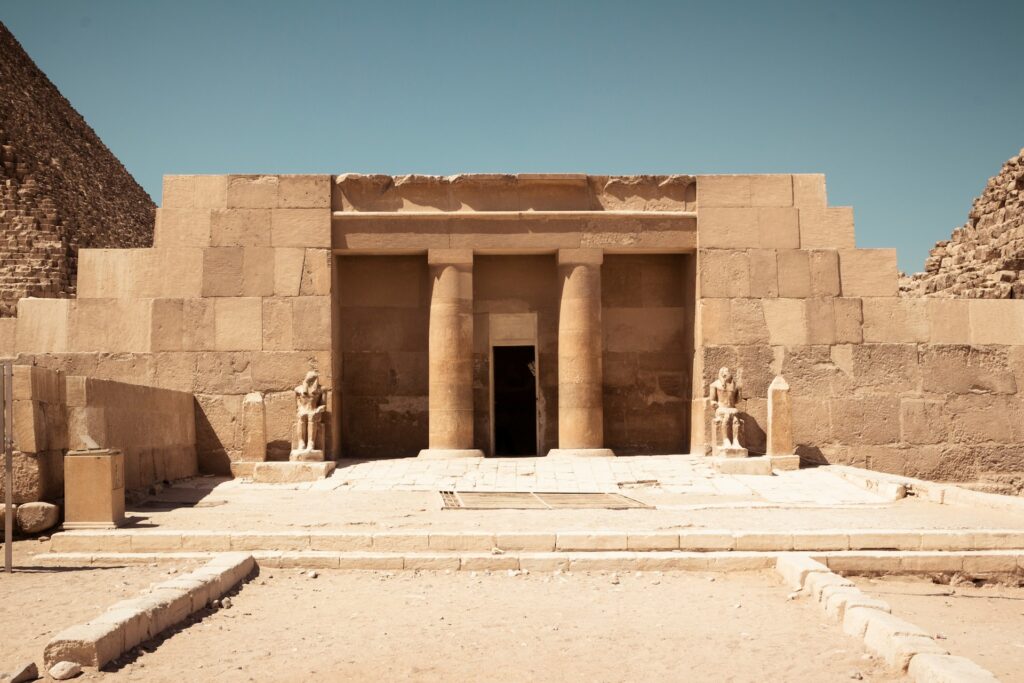
Egypt’s desert sights are best explored outside of summer
What is the cheapest month to go to Egypt?
While the central summer months are too hot to visit Egypt, the “shoulder seasons” of April-May and September-October are bearable weather wise, with some of the cheapest flights, hotel room rates and best availability for tours. This is a popular time to visit the Red Sea resorts of Sharm-el-Sheikh, Hurghada and El Gouna, when flight and hotel package deals dip in price and the middle of the day can feel very hot – but you have the sea to cool you, and the area’s incredible coral reefs to snorkel or dive. Winter in Egypt is more expensive, as tourists from Europe escape their colder climates for its balmy winter weather. Cruises along the enchanting River Nile operate all year round, so those who don’t mind braving the heat will save money on tours from June to August. Between March and May, a phenomenon called the Khamsin Wind can bring thick dust and sandstorms to the sightseeing areas around Giza and Luxor, which is less than ideal for visitors.
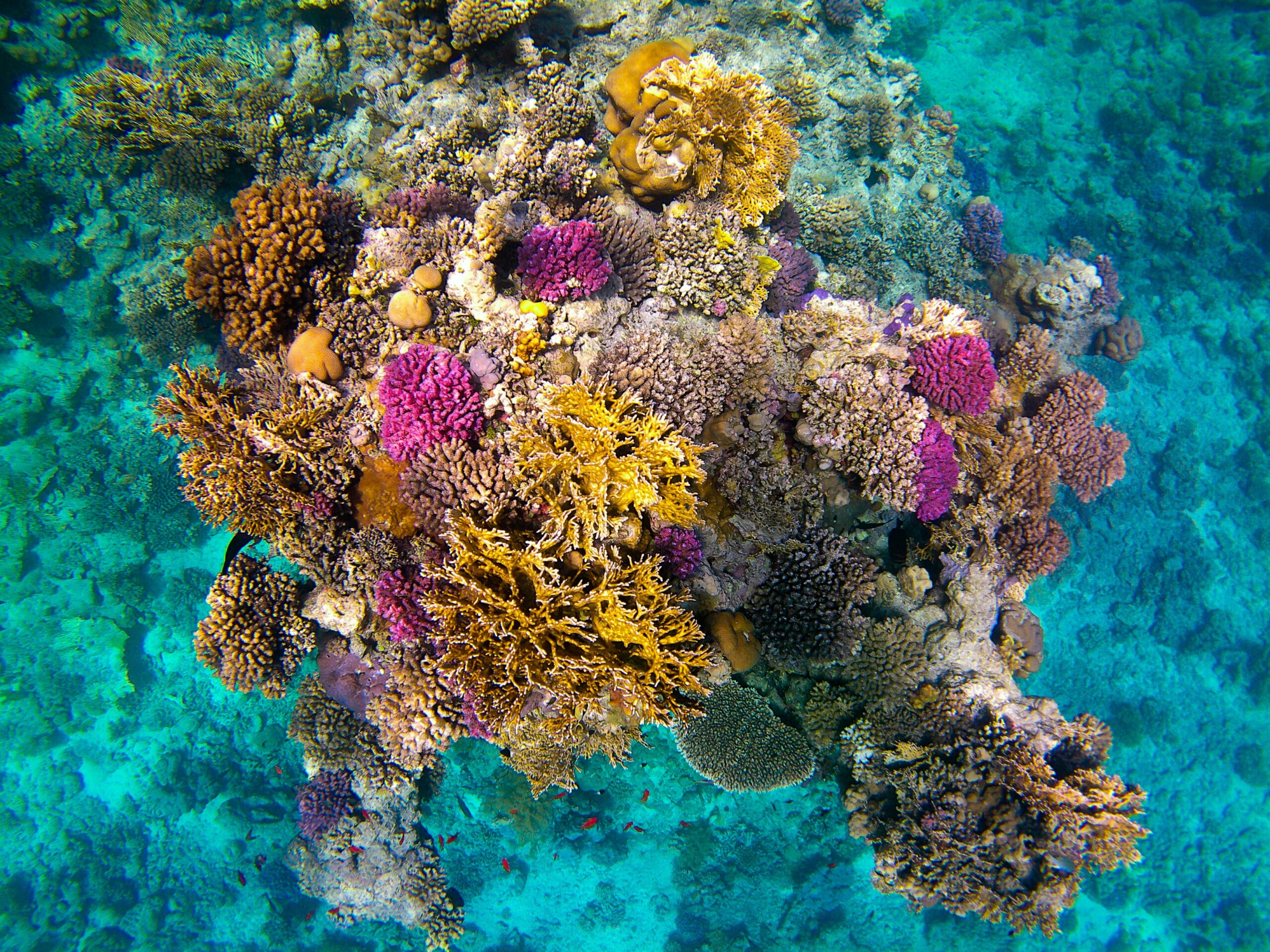
Bright coral found off Egypt’s coast
Does it get cold in Egypt?
Winter in Egypt is still a mild affair – Egypt’s weather in December sees warm, dry and sunny days with high temperatures of around 73 F, while Egypt’s weather in January is similar with highs of 72 F around the Red Sea coast. Winter is one of the best times to visit Egypt, with the milder heat meaning you can explore freely without worrying about overheating; though you may want the balmier evenings of November or February-March. Things are slightly cooler in Cairo in the heart of winter, with December and January seeing lows of 48 F in the city, while highs reach around 64 F. You’ll need to pack jackets and cardigans for meals out here, or for a Nile Cruise in December or January, when evenings cool off (though the weather is still mild by day).
We also think you’ll like: Egypt, a Country of Contrast
Visit Egypt on Luxury Gold’s 11-day Elegance of the Nile tour or browse our collection of luxury vacation packages to Egypt.



